Archives
- 2025-10
- 2025-09
- 2025-03
- 2025-02
- 2025-01
- 2024-12
- 2024-11
- 2024-10
- 2024-09
- 2024-08
- 2024-07
- 2024-06
- 2024-05
- 2024-04
- 2024-03
- 2024-02
- 2024-01
- 2023-12
- 2023-11
- 2023-10
- 2023-09
- 2023-08
- 2023-06
- 2023-05
- 2023-04
- 2023-03
- 2023-02
- 2023-01
- 2022-12
- 2022-11
- 2022-10
- 2022-09
- 2022-08
- 2022-07
- 2022-06
- 2022-05
- 2022-04
- 2022-03
- 2022-02
- 2022-01
- 2021-12
- 2021-11
- 2021-10
- 2021-09
- 2021-08
- 2021-07
- 2021-06
- 2021-05
- 2021-04
- 2021-03
- 2021-02
- 2021-01
- 2020-12
- 2020-11
- 2020-10
- 2020-09
- 2020-08
- 2020-07
- 2020-06
- 2020-05
- 2020-04
- 2020-03
- 2020-02
- 2020-01
- 2019-12
- 2019-11
- 2019-10
- 2019-09
- 2019-08
- 2019-07
- 2019-06
- 2019-05
- 2019-04
- 2018-11
- 2018-10
- 2018-07
-
R-848 Decrease in soluble protein content in diabetic
2024-01-27
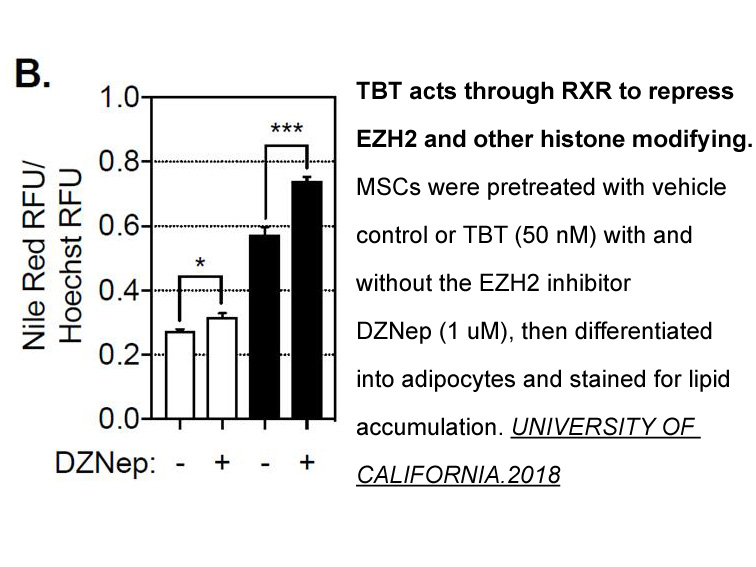
Decrease in soluble protein content in diabetic lenses compared with those in control lenses in present study could be due to leakage of proteins and insolubilization. T. purpurea treatment could increase the levels of soluble proteins in diabetic lenses may be by preventing cross-linking/aggregatio
-
AR is an enzyme involved in
2024-01-27
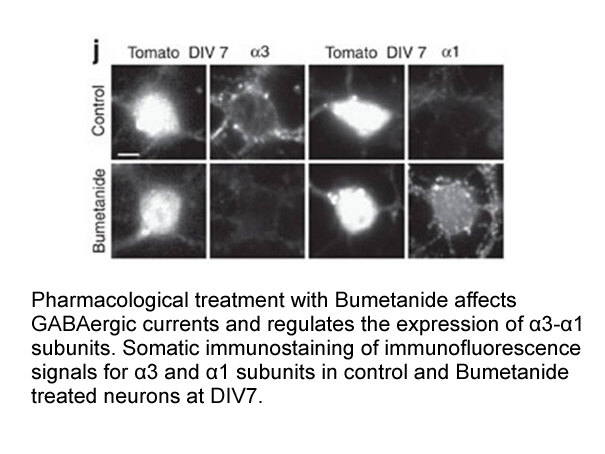
AR is an enzyme involved in conversion of glucose into sorbitol using NADPH as a cofactor [46]. This AR polyol pathway generates sorbitol accumulation and NADPH depletion. NADPH participates in detoxification via glutathione (GSH) reductase pathway [47]. Therefore, reduction of NADPH attenuates remo
-
daunorubicin mg Curcumin is able to upregulate the protein l
2024-01-27
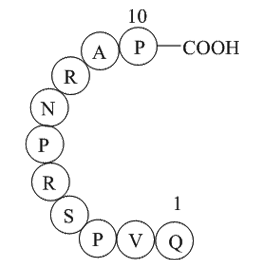
Curcumin is able to upregulate the protein level of NGF through cannabinoid receptor CB1, where the activation of Akt pathway probably plays an important part in the CB1-mediated signal transmission [9,10]. This finding suggested that the protection of curcumin in spinal motor neurons of SNI rats is
-
We further analyzed selected hit compounds
2024-01-27
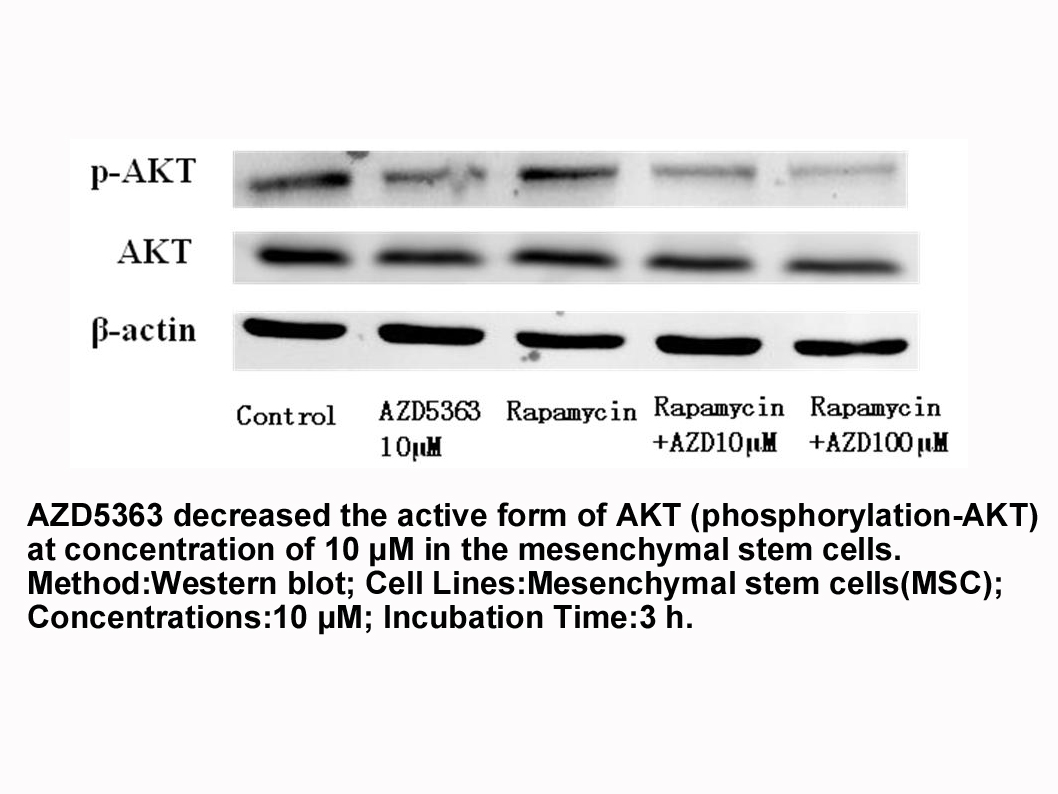
We further analyzed selected hit compounds for their ability to inhibit human AdK in intact cells. Human 1321N1 astrocytoma am630 were utilized which were found to express AdK. The whole cell assay was performed using a 96-well format. The standard AdK inhibitor 5-iodotubercidin was employed as a p
-
By applying each external load
2024-01-27
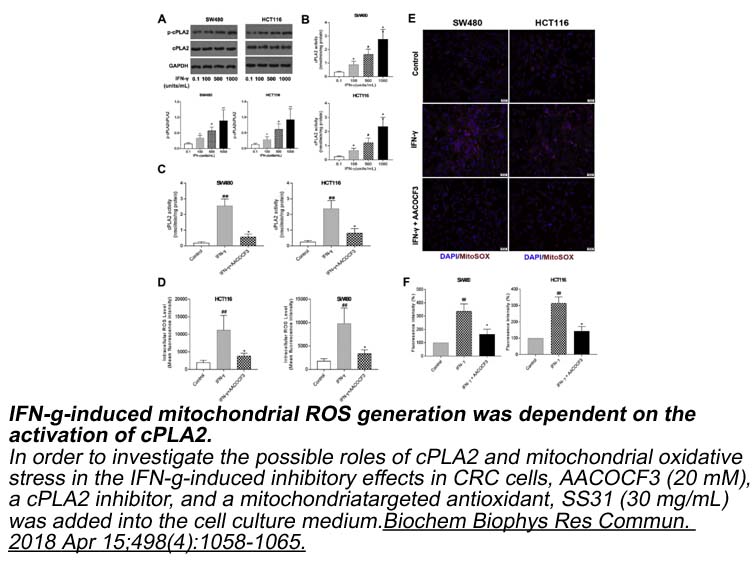
By applying each external load to the G-actin molecule, and measuring the elongation of the molecule, we computed force-displacement curves. The force versus displacement curve can be used to evaluate the tensile stiffness of the G-actin from a linear regression analysis. Followed by statistical ana
-
Osteoblasts have been thought to
2024-01-27

Osteoblasts have been thought to be the major cell type that expresses RANKL (Suda et al., 1999) which is a ligand for osteoprotegerin (OPG) and which functions as a key factor for osteoclast differentiation and activation. Recently, Nakashima and his colleagues (Nakashima et al., 2011) demonstrate
-
It involves complementary and inflammatory system proteins m
2024-01-27

It involves complementary and inflammatory system proteins, mast cells, eosinophils, basophils, macrophages, natural killer (NK) cells and cytokines [1]. Innate immunity, not only include cells, but also barriers that defend the organism to the penetration of pathogenic agents [2]. Important mediat
-
Double immunofluorescence staining of Gas and Axl with neuro
2024-01-27
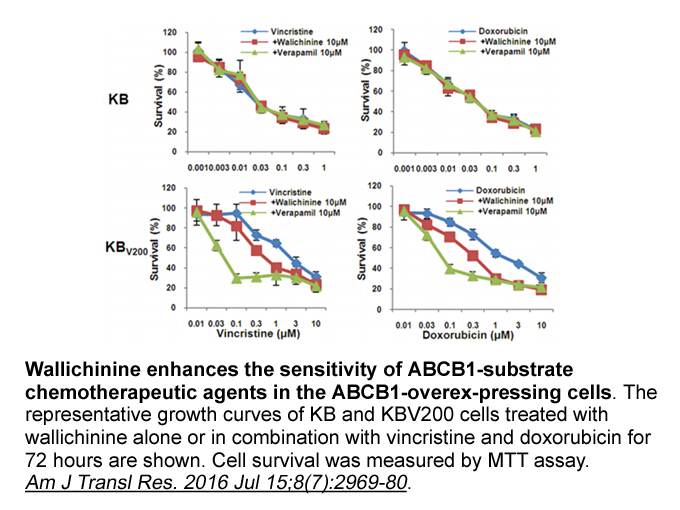
Double immunofluorescence staining of Gas6 and Axl with neuronal specific nuclear protein (NeuN), glial fibrillary acidic protein (GFAP), and ionized calcium-binding adaptor molecule 1 (Iba-1), demonstrated that Gas6 and Axl are expressed by neurons, astrocytes and microglia/macrophages (Fig. 2). In
-
br Increased blood ATX and LPA
2024-01-27
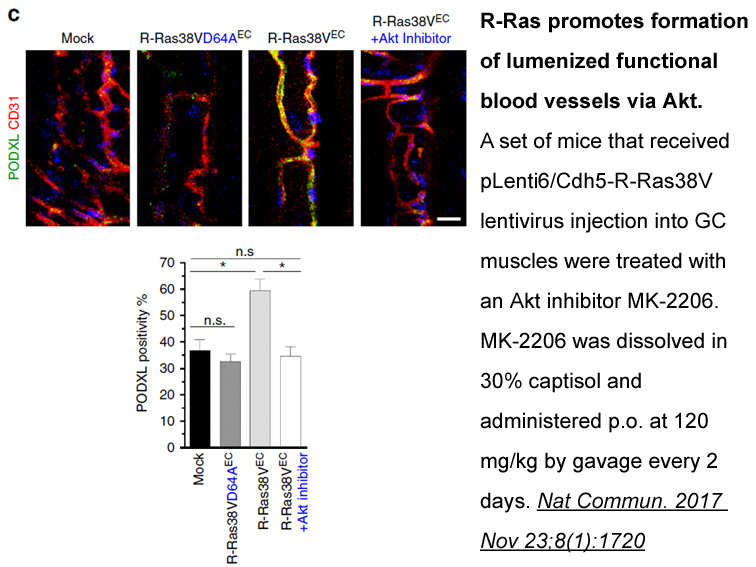
Increased blood ATX and LPA in liver fibrosis Although previous in vitro findings have suggested a link between LPA and liver fibrosis in vivo, whether LPA plays a primary role in the pathogenesis of liver fibrosis has remained uncertain. No phenotypic changes in livers of LPA receptor-deficient
-
IGF signaling has been shown to induce chromatin changes
2024-01-27
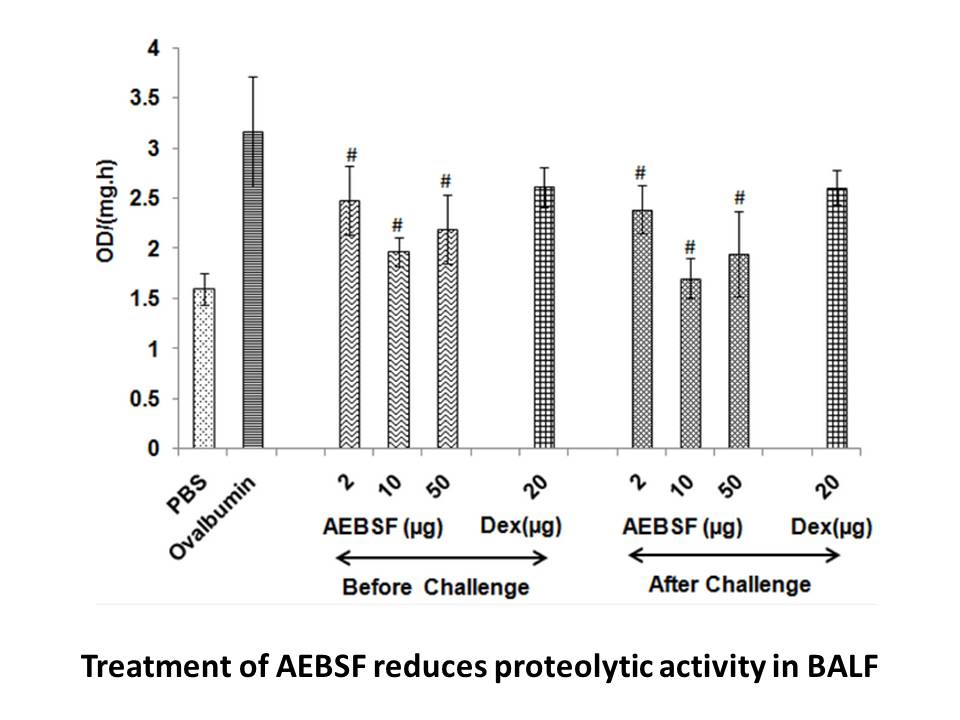
IGF-1 signaling has been shown to induce Dipraglurant changes via interacting with MKK-p38 signaling (Serra et al., 2007) and by perturbing Foxo3a signaling (Stitt et al., 2004), among other mechanisms. The current study demonstrates that the acetyl group itself may be limiting, since IGF-1/ACL/ace
-
Telomerase action at the telomere is highly regulated
2024-01-27

Telomerase action at the telomere is highly regulated; it preferentially elongates the shortest telomeres, and recruitment of the enzyme complex to the telomere occurs in mid-S phase of the cell cycle (Bianchi and Shore, 2007, Britt-Compton et al., 2009, Teixeira et al., 2004, Hemann et al., 2001, T
-
Apelin is a bioactive peptide and endogenous ligand for the
2024-01-26
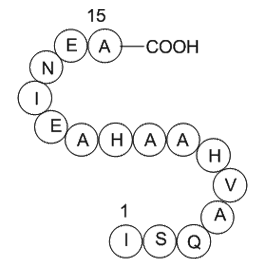
Apelin is a bioactive peptide and endogenous ligand for the APJ receptor (APLNR), a member of the G protein coupled receptor family that shares a similar sequence as the angiotensin type-1 receptor (AT1) [5]. Early studies demonstrated that the apelin/APLNR receptor axis plays a significant role in
-
The current antifungal pipeline contains several categories
2024-01-26

The current antifungal pipeline contains several categories of compounds at different stages of development [1], [9], [10], [96]. In Table 1 we summarize the most promising antifungal molecules that are in preclinical and in clinical development. Several compounds in the pipeline are derivatives of
-
br Brain cell reactions Brain
2024-01-26
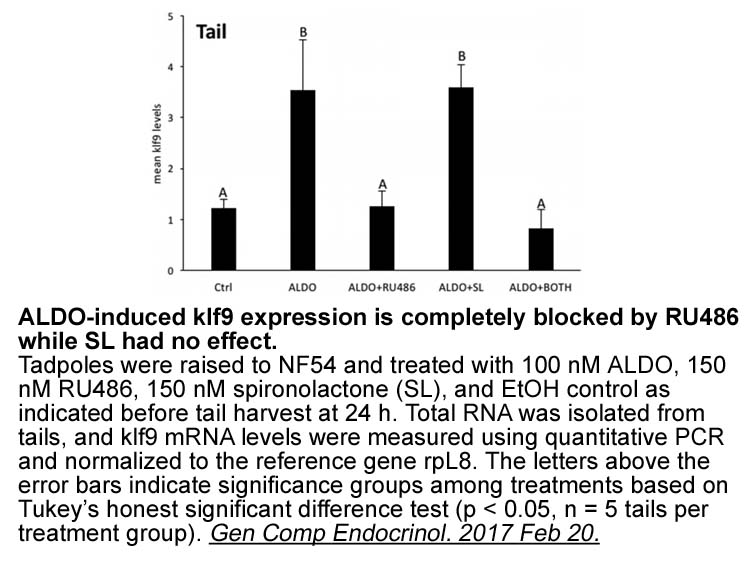
Brain cell reactions Brain cells in common with all metabolic cells must contain chemically active primary compounds which spontaneously initiate and continue cell reactions under normal conditions of temperature and pressure (NTP). These compounds have been identified as monophosphoric and polyp
-
br KYN Acts on AhR
2024-01-26

KYN Acts on AhR To Induce Tolerogenic Immunity IDO1 and TDO2 are intracellular heme-containing metalloproteins that catalyze the committing and rate-limiting step of the KYN pathway (KP) that converts the essential amino AG-1024 tryptophan to a series of biologically active second metabolites (F
16179 records 204/1079 page Previous Next First page 上5页 201202203204205 下5页 Last page